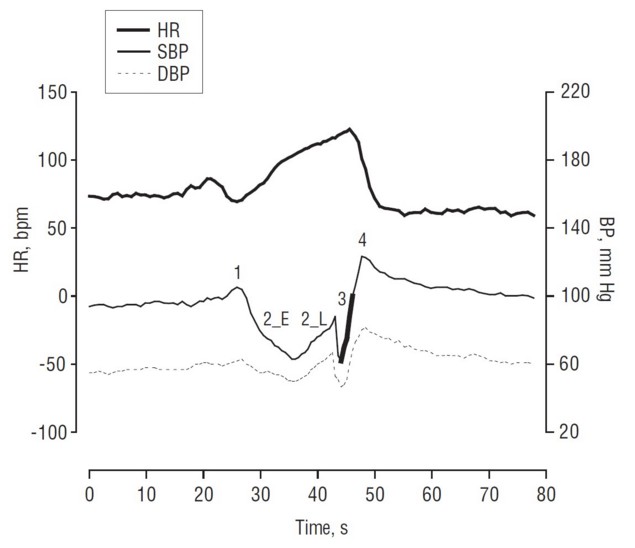(Hansen's disease)
Chronic granulomatous infection caused by Mycobacterium leprae (Hansen bacillus), which is an acido-alcoholic resistant (acid fast) bacillus, close to Koch's Bacillus. It is a contagious disease (through cutaneous or nasal route: nasal mucus of lepromatous forms !) which is still active in the tropics but which has been eradicated in many countries.
From a clinical point of view, there are:
- indeterminate leprosy: first stage of the illness
- tuberculoid leprosy: where cellular immunity is kept
- skin lesions:
1) superficial and well demarcated skin patches: they are hypopigmented on a dark or erythematous on a light skin
2) leprides: plates the edges of which are protruding while the center is atrophic
- neurological signs: very marked
1) at the level of the skin lesions: hypoesthesia or anesthesia first to heat and later to pain and touch
2) hypertrophy of nerve trunks: ulnar, external popliteal, superficial cervical plexus
3) sensory disorders: neuropathic pain and hypoesthesia or anesthesia first to heat and later to pain and touch
4) motor problems: peripheral nerve palsy: ulnar, median etc
5) trophic disorders: foot perforating ulcers, mutilation, osteolysis
- lepromatous leprosy: it is a systemic disease where cellular immunity is very reduced or even abolished.
It includes:
- mucocutaneous lesions: lesions are infiltrated and poorly demarcated; lepromata are more or less large nodules protruding under the skin; at the level of the face and ears they produce the "leonine facies"; these nodules may become ulcerated.
- leprous rhinitis: purulent rhinorrhea very rich in bacilli ; often perforation of the nasal septum
- visceral problems:
1) heart: rhythm disorders; cases of prolonged QTc have been reported
2) dysautonomia: orthostatic hypotension, decreased response to the injection of atropine, alteration of the response to the Valsalva maneuver (decrease in the blood pressure and heart rate response [Jain SK et al. Ind J Med & Res 1965])
Reminder: the Valsalva maneuver is the hemodynamic test performed during a forced expiration with a closed glottis after a large inspiration. This produces an increase of pressure in the chest, but also in the middle ear.
Normal hemodynamic response to Valsalva maneuver:
- 1 (intrathoracic pressure ↑ ): ↑ systemic BP (↑ of SV of the LV),
- 2 (intrathoracic pressure ↑ ): ↓ Systemic BP, tachycardia (transpulmonary transit of the reduced flow from the RV),
- 3 (inspiration, intrathoracic P ↓ ): ↓↓ systemic BP, tachycardia,
- 4 (equilibration): ↑ systemic BP, bradycardia.

from SCHRZENMAIER Ch. et al. JAMA 2007; 64:381-386
3) lungs: infiltration of the nose or/of the epiglottis (free edge); reduction of the cough reflex and lung chemoreceptors function
4) liver: granulomas; sometimes fibrosis or cirrhosis
5) urinary system: different types of glomerulonephritis; nephrotic syndrome; amyloidosis
6) eyes: corneal anesthesia, lagophthalmos; cataract, vision loss
5) bone: chronic osteomyelitis, lytic lesions
- intermediate leprosy: combines the clinical characteristics of the tuberculoid and lepromatous forms
Medical treatment: triple sulfones-based therapy (Dapsone), rifampin and declofazimine.
Dapsone: risk of methemoglobinemia, hemolytic anemia, hepatic reaction
Rifampicin: induction of P450 cytochrome, risk of toxic reactions
Anesthetic implications:
beware of contagion by the nasal route !
Check hemoglobin level; measure SpO2 at room air (methemoglobinemia?); check renal and hepatic function; ECG and check the response to the Valsalva maneuver. Decreased response to IV atropine. Ocular and peripheral nerves protection.
References :
- Mitra S, Gombar KK.
Leprosy and the anesthesiologist.
Can J Anesth 2000 ; 47 : 1001-7.
- Sahu S, Goyal S, Dhiraaj S, Kishore K, Singh PK.
A very common case become rare: anesthetic considerations of lepromatous leprosy.
Anesth Essays Res 2011; 5: 207-10
Updated: February 2019